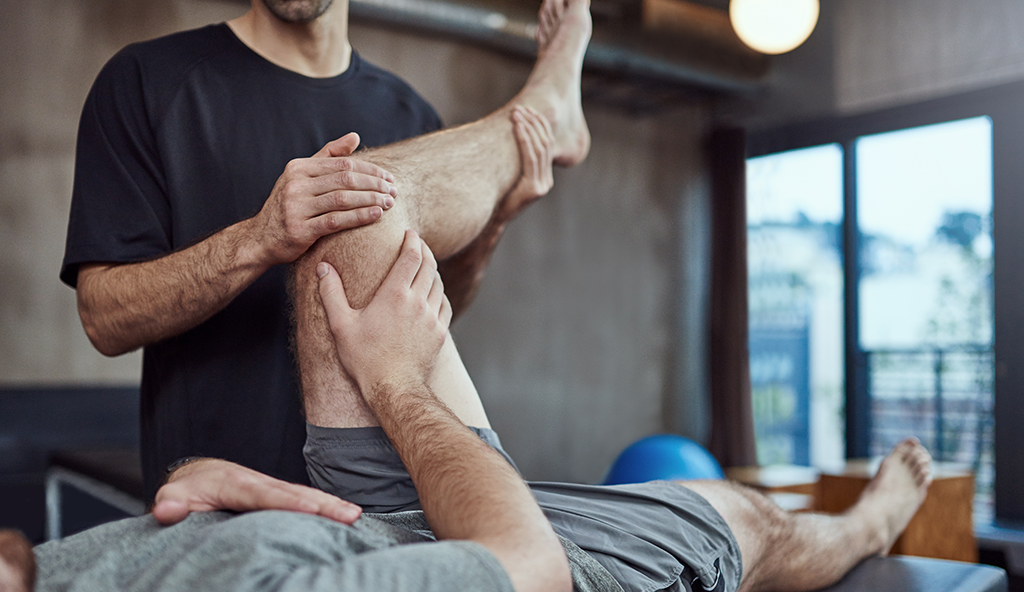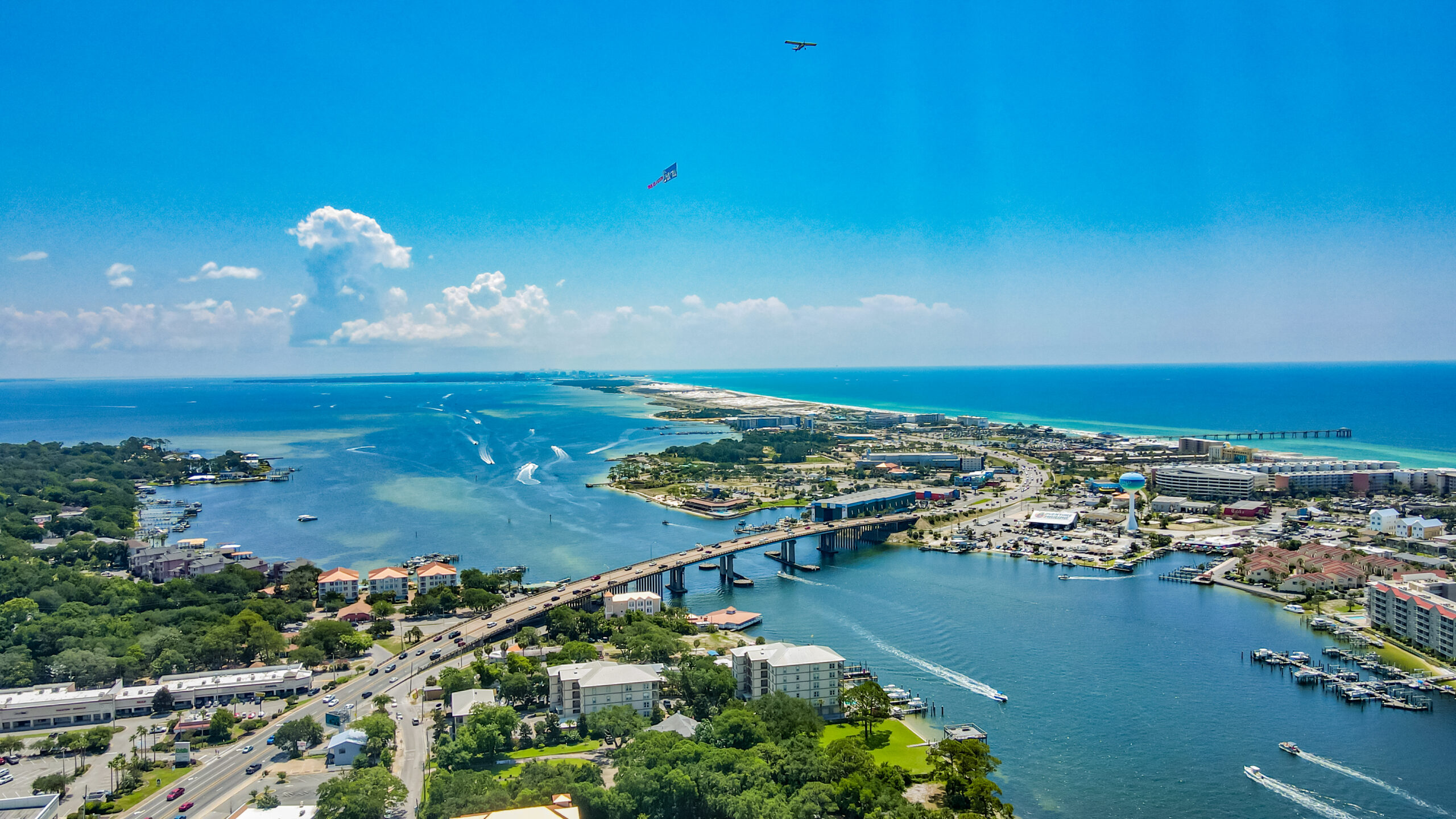
Background & General Considerations
- Anterior-Inferior and Posterior-Inferior Labral Tears: With a first-time dislocation of the shoulder, the anterior inferior labrum is torn, often called a “Bankart Lesion”. If this shoulder is exposed to more impact activities, the anterior inferior labral tear begins to extend posteriorly involving the posterior portion of the labrum that represents the attachment of the posterior inferior glenohumeral ligament (IGHL). The tear then involves almost 50% of the glenoid labrum and compromises the entirety of the IGHL. This situation is often called a 180 degree tear and requires repair with anchors in the anterior glenoid and the posterior glenoid.
- Postoperative Pain Pump: No shoulder exercises while a pain pump is in place
- Sling Time: Have the patient wear sling at all times except while showering and while doing exercise or physical therapy for the first 6 weeks or as directed on the initiating prescription
- Range of Motion Restrictions: I In an animal model of healing, at least four weeks was necessary for the healing of a simulated labral injury. Considering the difference between humans and rabbits, we maximally protect labral repairs for 6 weeks from motions that would put them under tensile load, that is maximal abduction combined with external rotation. For 180 degree tears, we protect them from full motions for 8 weeks. The tension, of the inferior glenohumeral ligament is negligible in positions of neutral adduction and adduction in external rotation but increases in value for angles between 45° and 90.° This is why we avoid maximal external rotation combined with abduction for the first 8 weeks.
- Maturation Time: Since repair maturation requires at least 3 months, avoid heavy lifting, pushing, or pulling for the first 4 months to allow for proper healing and maturation of the repair.
- Jogging: The motion and impact of jogging puts significant traction forces on an inferior shoulder repair. For this reason, jogging is discouraged until 3 months.
- Return to Sports: A return to sports at 4 months after surgical repair may be considered, but each individuals return to sport will be specified and tailored by the circumstances of their case. For collision sports such as football, 6 months is ideal to maximize tissue maturation.
- Protocols are Guidelines and Functional Progression: Please note that the following protocol is a general guideline. Patient should not be progressed to the next phase until they demonstrate proper form with all activities and functional criteria are met in the current phase. The timelines of this protocol are a general guideline.
- Whole Body Approach: Assess functional movements of the whole body and incorporate treatment modalities for loss of mobility and stability in the entire system.
- Ideal Frequency: Formal physical therapy provides the optimal environment and guidance throughout the recovery process. In an ideal situation, 20-40 visits during the first 6 months of the recovery would be optimal. Patients should visit with a physical therapist 2 times a week for the first 6 weeks, then 2 to 3 times a week for the next 6 weeks. During the next phase of recovery, patients should visit a physical therapist once a week to once every other week during the 3-month to 6-month time points. This is not always possible and must be tailored for each patient. Since not all patients have access to the same equipment, exercises should be tailored appropriately.
- BLOOD FLOW RESTRICTION THERAPY: Blood Flow Restriction (BFR) has compelling evidence that it can improve the systemic healing response when used post-operatively with low-intensity resistance training (LIRT). However, not everyone will have access to BFR.
- Neurocognitive Rehabilitation: It is clear that injury events effect the brain as much as the muscles and joints involved. Progressive rehabilitation programs are combining neuromuscular with neurocognitive methods. Consider the addition of neurocognitive methods to each phase of the rehabilitation process.
Phase I (Maximal Protection Phase, Generally Weeks 0-6):
Principles/Goals:
-Diminish Pain Associated with Swelling and Initial Post-Surgical Inflammatory Response
-Protect Repair
-Optimize Nutrition and Healing Response
-Prevent Negative Effects of Sling Immobilization
-Minimize Muscle Atrophy
Treatment Recommendations/Examples (Day 1-14)
-Elbow/Hand ROM and Gripping Exercises, Encourage Use of Squeezing Ball that Accompanies Sling
-Upper Trap and Levator Scapulae Stretches
-Gentle, Pain-Free ROM
- Passive Flexion to 70 degrees by end of week 1
- Passive flexion to 90 degrees by end of week 2
- Passive ER at 30 degrees of abduction to 5-10 degrees
- Passive IR at 30 degrees abduction to 25 degrees
-No active shoulder movements away from body
-Rhythmic stabilization drills for ER/IR
-Light and non-painful isometrics for rotator cuff and deltoid
-Neck mobility, stability exercises
-Cryotherapy and soft tissue modalities as needed
Treatment Recommendations/Examples (Day 15-36)
-Continue gentle PROM
-Continue isometrics and rhythmic stabilization
-May begin rhythmic stabilization at 90 degrees flexion
-Gentle, Pain-Free ROM
- Passive flexion to 90 degrees
- Passive abduction to 90 degrees
- Passive ER at 45 degrees of abduction to 20 degrees
- Passive IR at 45 degrees abduction to 45 degrees
-Progress from isometric strengthening to ER/IR tubing with arm at side
-Initiate scapular stabilization exercises
-Prone Row
- Upper arm can go past neutral
-Prone Extension (begin in neutral rotation)
- Upper arm does not go past neutral
-Supine serratus punches
-Thoracic, mobility, stability exercises
-Cryotherapy and soft tissue modalities as needed
-Blood Flow Restriction (BFR) has compelling evidence that it can improve the systemic healing response. Considering using with LE strengthening exercises.
-Neurocognitive Rehabilitation: Consider the addition of neurocognitive methods to each phase of the rehabilitation process.
Treatment Recommendations/Examples (Day 36-56)
-Continue all relevant exercises
-Gentle, Pain-Free Passive ROM
- Passive flexion to 145 degrees
- Passive abduction to 90 degrees
- Passive ER at 45 degrees of abduction to 60 degrees
- Passive IR at 45 degrees abduction to 60 degrees
-Active ROM Can Progress to Limits Above
-Progress ER/IR tubing with arm at side
-Progress scapular stabilization exercises
-Proprioceptive Neuromuscular Facilitation (PNF) Techniques with Manual Resistance
-Lumbar and LE mobility or stability exercise as needed
-Blood Flow Restriction (BFR) has compelling evidence that it can improve the systemic healing response. Considering using with LE strengthening exercises.
-Neurocognitive Rehabilitation: Consider the addition of neurocognitive methods to each phase of the rehabilitation process.
Phase II (Intermediate ROM and Strengthening Phase, Generally Weeks 8-12)
Principles/Goals:
-Gradually Restore Full Range of Motion
-Enhance Neuromuscular Control
-Optimize Nutrition and Healing Response
-Begin Restoring Muscle Mass
Treatment Recommendations/Examples (Week 8-10)
-Restore Normal Range of Motion
- Passive flexion to 160 degrees
- Passive ER at 90 degrees abduction to 80 degrees, unless throwing athlete and then 90 degrees
- Passive IR at 90 degrees abduction to 55 degrees
-Active ROM Can Progress to Limits Above
-May Begin to Work on Gentle Behind the Back Stretches to Tolerance
-Progress all Isotonic Strengthening
-Progress all Scapula Stabilization Exercises
-Progress Proprioceptive Neuromuscular Facilitation (PNF) Techniques
-Core Strengthening and Farmer’s Carries
-Blood Flow Restriction (BFR) has compelling evidence that it can improve the systemic healing response. Considering using with LE strengthening exercises.
-Neurocognitive Rehabilitation: Consider the addition of neurocognitive methods to each phase of the rehabilitation process.
Treatment Recommendations/Examples (Weeks 12-14)
-Progress ROM to functional demands of athletes, for example overhead thrower to previous ER
-Continue to Progress all Strengthening, Stabilization, Mobility Exercises
-Blood Flow Restriction (BFR) has compelling evidence that it can improve the systemic healing response. Considering using with LE strengthening exercises.
-Neurocognitive Rehabilitation: Consider the addition of neurocognitive methods to each phase of the rehabilitation process.
Phase IV (Strength/Proprioception and Return to Sport, Generally Weeks 12-24)
Principles/Goals:
-Maintain Full Range of Motion
-Improve Muscular Strength and Endurance
-Optimize Neuromuscular Control
-Enhance Muscular Strength, Power, Endurance
-Progress Functional Activities
-Return to Sport Activities
Treatment Recommendations/Examples
-Consider Once a Week to Once Every Other Week Visits
-Continue/Progress All Relevant Activities
-Initiate Endurance Training
-Initiate/Progress Interval sport Program
-Consider restricted/Non-contact return to sport activities
Return to Sport Considerations
- A return to sports at 3 to 4 months after surgical repair is reasonable considering animal models of healing tissues, but each individuals return to sport will be specified and tailored by the circumstances of their case.
- Timing of Return to Sport Considers Many Factors Including Age, Specific Sport, Participation Level, Time of Season. This will be tailored and considered in light of risks and benefits of timing.
- Consider Video Recording of Athletic Activities to Ensure a Return of Proper, Balanced Functional Movements as well as Form and Technique
- Athlete Must Demonstrate Quality and Symmetric Movement Throughout the Entire Body
- Return to Sport Testing Can be Used to Help Identify Deficiencies and Guide Final Preparations
Updated July, 2024
Adam Anz, MD.—For additional information, please contact the office of Dr. Adam Anz, serving the greater Pensacola, Gulf Breeze, and Gulf Coast communities.




